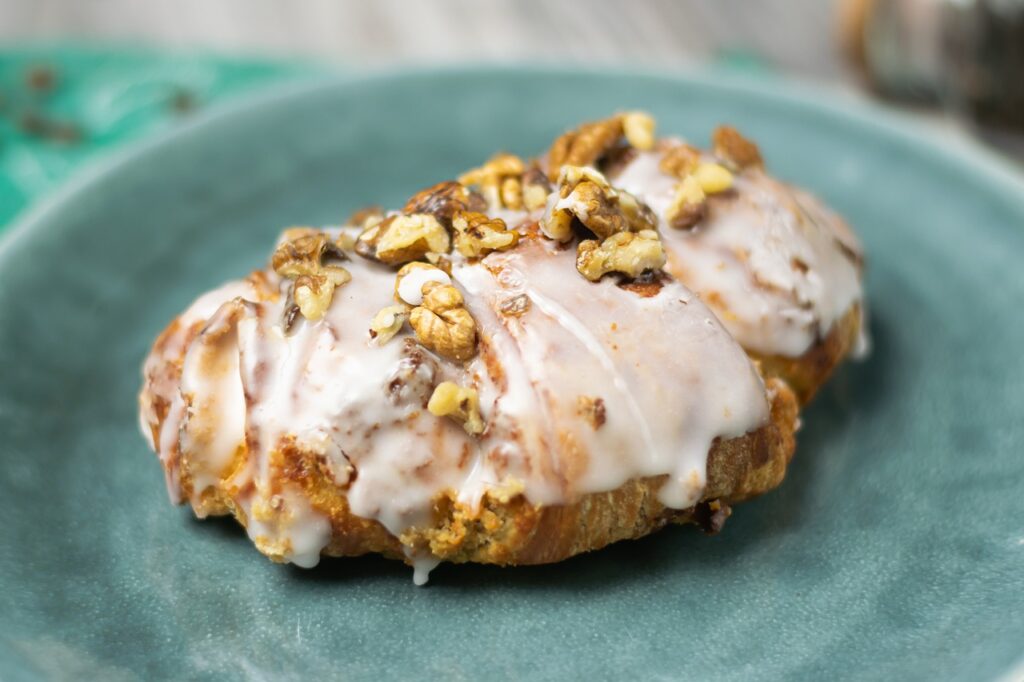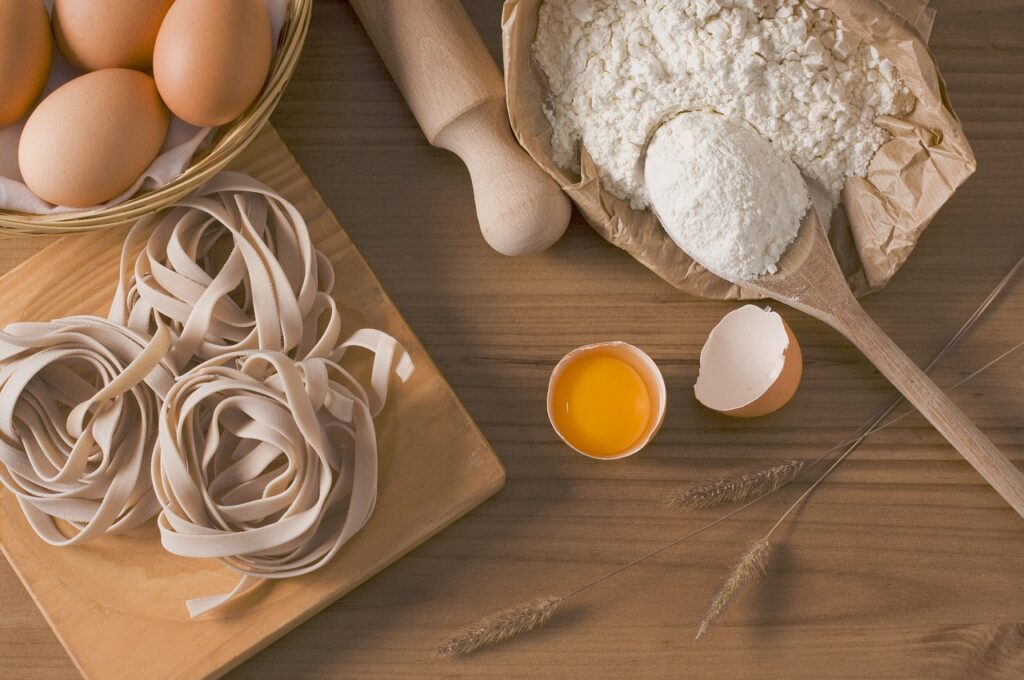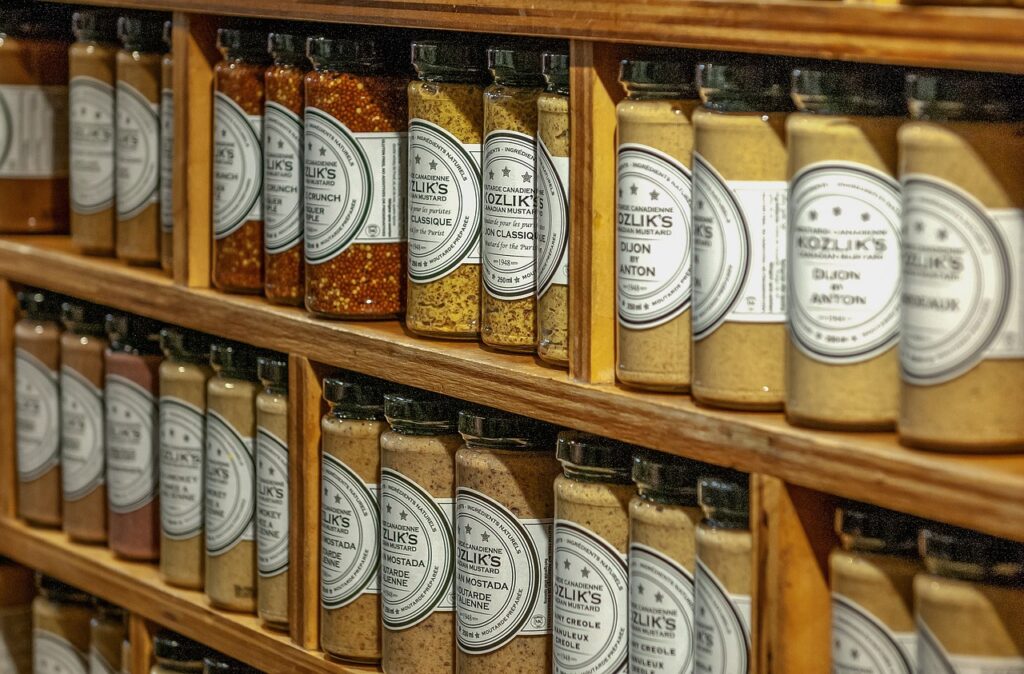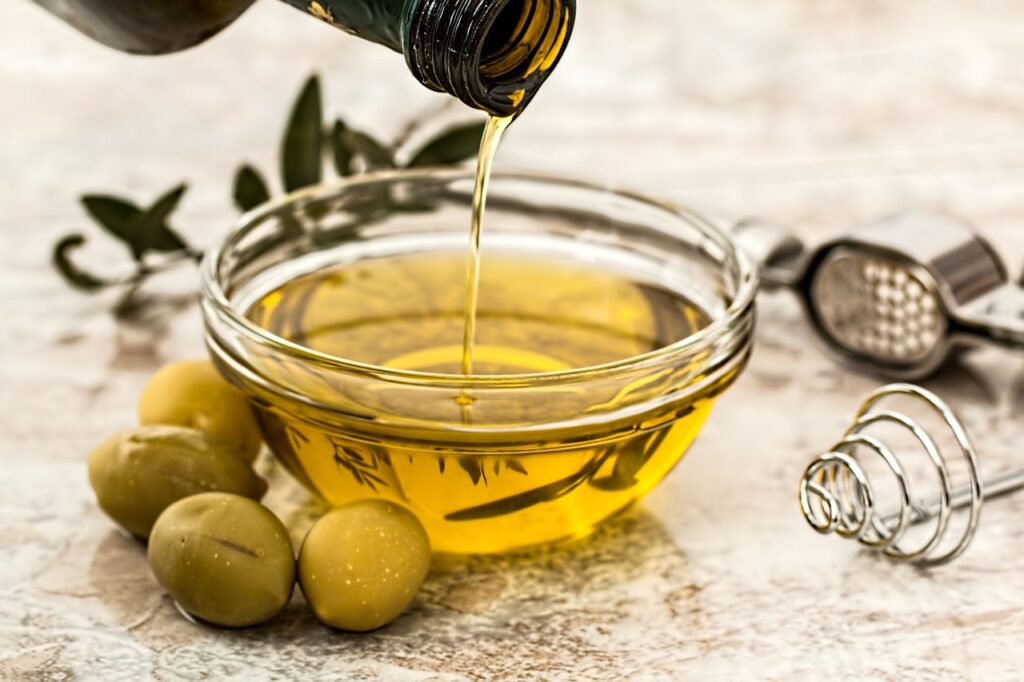How to Create a Food Product to Sell

How to Create a Food Product to Sell
Introduction
The journey of creating a food product to sell requires a lot of creativity, planning, and a solid understanding of what makes products work in your local market. If you’re aiming to start the business in a certain region, there are unique factors to consider, from taste preferences to packaging options.
Below is a step-by-step guide to help you develop a food product that can stand out.
Develop a Unique Idea
Start by thinking about the purpose and uniqueness of your product. With countless food items on the market, uniqueness is crucial. Ask yourself what gap is your product filling, who is it designed for and how it will appeal to people with particular taste preferences? For instance, consider a healthier version of chin chin, a Nigerian snack, with less sugar or added fiber for health-conscious consumers. Or think about a unique change on a local favorite, like a ready-to-eat version of a special kind of rice with its signature sauce, but presented in a convenient, modern way.
Take the time to develop a concept that’s both original and attractive. Market research can give you an idea of what people are looking for, what is lacking, and how you can make a difference.
Test and Perfect the Recipe
Once you have your idea, get into the kitchen to perfect it. A product should have a consistently great taste, texture, and appearance, which may require several rounds of testing and redoing.
You can start by:
- Gather Feedback: Share samples with family, friends, and trusted testers. Get their honest feedback on the taste, texture, and overall appeal.
- Focus on Consistency: A food product should deliver the same experience each time. Work on proportions and ingredients until you get a reliable recipe.
- Account for Ingredients: Localize the recipe with readily available ingredients. For example, if you’re making granola, source nuts, honey, or dried fruits locally instead of imported ones, which can cut costs and appeal to consumers who prefer local products.
Consider Packaging and Presentation
Packaging can make or break a food product. It needs to be practical for preservation and eye-catching to attract buyers. With a food product, durability is crucial because of factors like weather and handling during transportation.
Here are things to focus on:
- Material Choice: Consider resealable pouches or durable plastic containers, especially for snacks. Avoid fragile packaging that might damage your product.
- Label Design: Your label should reflect your brand’s personality, whether it’s fun, traditional, or premium. Work with a designer if needed to ensure it’s attractive and clearly states product information.
- Include Essential Details: Ensure the label has your business name, logo, product name, expiration date, and any dietary information (such as “gluten-free” or “low-sugar”).
Most consumers are also increasingly eco-conscious, so recyclable or reusable packaging might resonate with some buyers, especially if you’re aiming for a premium product.
Regulatory Requirements
Selling food involves adhering to safety and quality standards to protect consumers. Nigeria has food safety regulations through bodies like NAFDAC (National Agency for Food and Drug Administration and Control), which monitors food production standards.
Take note of the following:
- Quality Assurance: Keep detailed records of ingredients, production dates, and quality checks. This will streamline your compliance process.
- Hygiene Practices: Ensure high standards in production, including sanitary packaging and storage, especially if you’re producing from a home kitchen.
Build a Strong Brand Identity
A memorable brand is what will keep customers coming back. In the competitive market, it’s important that your brand tells a story that resonates with consumers.
To build a brand:
Define Your Values: Are you focused on traditional flavors, modern health, or something unique? For example, if your product is made from all-natural ingredients, emphasize that.
Create a Visual Identity: Design a logo and select brand colors that reflect your product’s personality. Think of brands like Honeywell or Chi Limited, which use colors and logos that make them easy to spot.
Establish a Brand Voice: Whether through social media or product descriptions, your voice should be consistent. Are you informative, casual, or sophisticated? Define this to connect better with your audience.
Remember that an effective brand gives consumers a reason to remember you. Make your product’s story stand out, and it will add value beyond the product itself.
Source Ingredients and Equipment
Reliable sourcing will keep your production process smooth. From ingredients to production tools, everything should be both high-quality and sustainable for long-term production.
- Identify Reliable Local Suppliers: Purchase locally if possible, as this often reduces cost and supports your community. For example, if you’re creating a fruit-based snack, source fruits directly from farmers or markets.
- Choose Production Equipment Carefully: Start small with cost-effective options. You can rent commercial kitchens or invest in basic equipment like mixers, packaging machines, and other helpful machines.
- Storage Solutions: Ensure safe, hygienic storage. Airtight containers or refrigerators (depending on your product’s needs) will help maintain freshness and quality.
Test for Shelf Life and Quality
A reliable product has a consistent shelf life and can retain its taste and quality over time. Testing this helps you provide accurate information on your packaging and keeps customers safe.
- Shelf-Life Testing: If you’re selling snacks, test to determine the best-before dates, especially if preservatives aren’t used. You can do this by observing the product over weeks or months.
- Quality Consistency: Always check for potential changes in taste, texture, or appearance. Your goal is to ensure that each batch is the same as the last.
- Seek Professional Help: Partnering with a food lab, if budget allows, can help with a more accurate shelf-life testing, especially if you plan to enlarge your production eventually.
Set Competitive Pricing
Pricing in the market should reflect production costs but also consider affordability and competitive rates. Striking the right balance here is crucial.
Calculate Your Costs: Include ingredients, packaging, marketing in your cost calculations.
Research Competitor Pricing: You can visit local stores or online platforms like Jumia Food Market to see how similar products are priced and sold for.
For example, if your product is a high-quality local snack, a slight premium may be reasonable, but avoid overpricing unless your branding and quality justify it.
Market Strategically
Creating awareness is essential to building your customer base. A well-rounded marketing strategy can make your product a success.
Consider these methods:
Social Media Promotion: Facebook, Instagram, and WhatsApp are popular platforms for small businesses in Nigeria. Share product photos, stories, and even customer reviews to build credibility.
Sampling in Local Stores: In-store sampling, if possible, gives potential customers a taste, increasing the chances of purchase. This is effective for food products where taste matters most.
Collaborate with Influencers: Partner with food influencers, who can help expand your reach.
Effective marketing ensures that your target audience knows about your food product, can access it, and remembers it.
Launch and Adapt
With everything in place, you should be ready to launch. Starting with a small-scale launch can help you gather feedback and make adjustments as needed.
Launching a food product is challenging but rewarding with a solid strategy in place.
Conclusion
Creating a food product to sell requires commitment and attention to detail. By refining your recipe, obeying regulatory requirements, and building a memorable brand, you can successfully enter the food market.
Follow these steps and stay flexible as you adapt to feedback—these efforts will bring you closer to creating a successful, long-lasting food product that stands out.






Responses